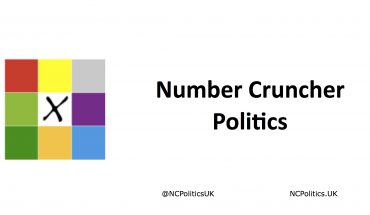One challenge for those of us trying to interpret the early results (whether you're trading, spinning or just really want to know) is benchmarking each result as it comes in, given that there are likely to be significant regional dispersions. If the first local authority that reports goes 60-40 one way, which side is that good news for?
One thing that strikes me is the uniformity of swing between the 1979 and 1997 referenda, despite them being 18 years apart and the fact that the swing was very large (22.7 points). See my earlier post for the complete numbers.
Clearly independence and devolution are two very different things, but given that some areas of Scotland will be markedly more nationalist than others, and there are no other proxies available for this variation, I thought it would be interesting to examine what a Scotland-wide 50-50 tie would look like in each area if the regional dispersion were the same as in the 1997 devolution referendum. Equivalently, this represents what would happen if we took the 1997 devolution result and applied a uniform swing of -24.3 (to make it a 50-50 tie across Scotland as a whole). The local results generated could then serve as a benchmark for early results in this referendum.
Some health warnings:
- As mentioned already, the question is different and the implications of that might not be uniform across Scotland (banks, Trident, etc)
- 17 years, obviously, is a long time
- The new local authority areas are much smaller than the ones used in 1979 (and hence also in my 1979 vs 1997 comparison), so there could be a greater variety of swings. Additionally, smaller local authority areas might be more sensitive to demographic shifts in the intervening period
- A very high turnout (particularly by modern standards) is widely expected, and these increases might not by evenly spread geographically, which could be significant if the “don’t normally vote” group lean one way
Nevertheless, for the purpose of interpreting early results, it is important to get some feel for the kind of way those votes could be spread around.
So, with all those words of caution in mind, here is that uniform swing example:
If this is representative, it is clear both sides would need to win big in their stronger areas to have any chance of winning overall.
This analysis is intended as a starting point. If anyone has suggestions on how to improve it, feel free to comment.
For further updates, pleaseFollow @NCPoliticsUK





